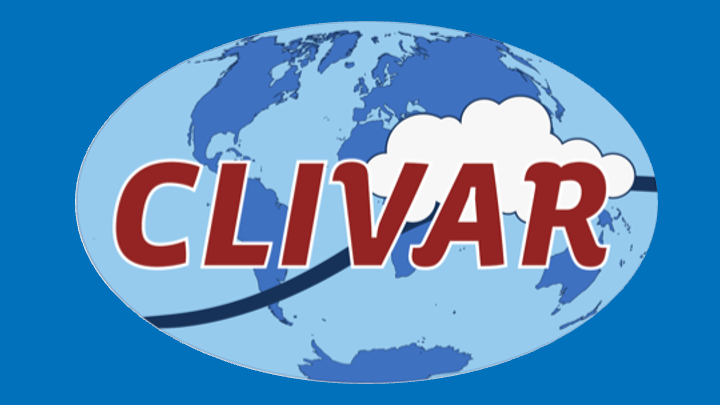Speaker
Description
The A20 line is a meridional hydrographic section located at 52ºW that cuts through the western North Atlantic Subtropical Gyre (NASG). It encloses the main paths of the Atlantic Meridional Overturning Circulation (AMOC). Using data from three A20 hydrographic cruises carried out in 1997, 2003 and 2012 together with Acoustic Doppler Current Profiler data and the velocities from an inverse box model, the circulation of the western NASG is estimated. The Gulf Stream is the main poleward path of the AMOC, carrying 155.3±11.1, 102.7±13.5 and 181.1±14.9 Sv in 1997, 2003 and 2012, respectively (1 Sv = 106 m3/s ~ 109 kg/s). In opposite direction, the Deep Western Boundary Current crosses the section at the northern/southern boundaries with a mass transport of -21.2±8.9/29.0±9.1, -14.4±10.8/14.2±8.1 and -37.9±10.2/44.5±9.8 Sv in 1997, 2003 and 2012, respectively. A net heat exchange from the ocean to the atmosphere is estimated to be -0.7±0.1 PW and -0.6±0.1 PW in 1997 and 2012, respectively, but is negligible in 2003 (0.1±0.1 PW). The freshwater flux is significantly lower in 2003 (0.3±0.1 Sv) than in 1997 (0.6±0.1 Sv) and 2012 (0.6±0.1 Sv). Ocean numerical models such as ECCO, GLORYS and MOM are used to address the interannual variability between the three surveys, but only the GLORYS output roughly agrees with the hydrographic data. GLORYS suggests a heat transport from the ocean to the atmosphere throughout the year and a net freshwater flux supported by precipitation plus river runoff higher than evaporation in all seasons except the spring.
| Topic | Value of AMOC observing – what have we learned? |
|---|

